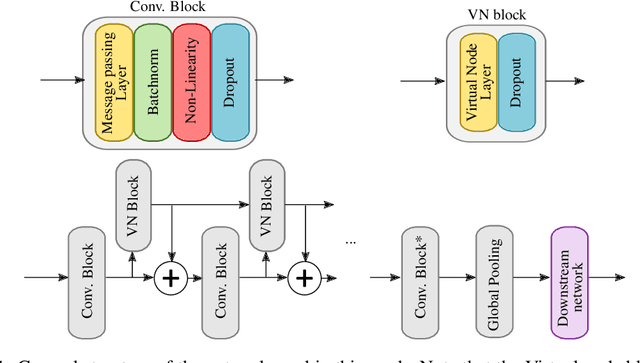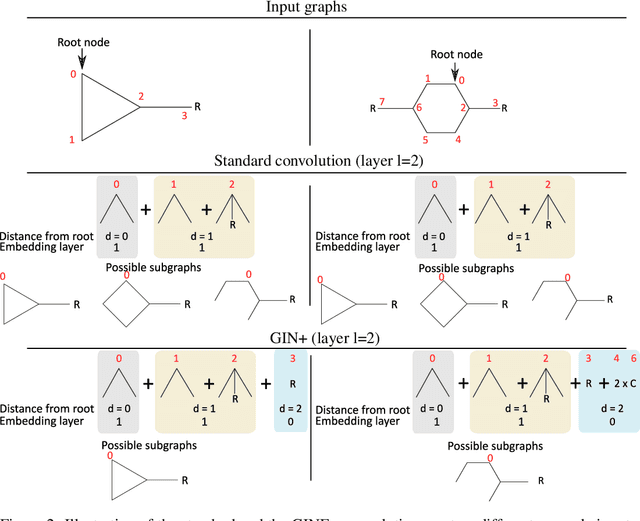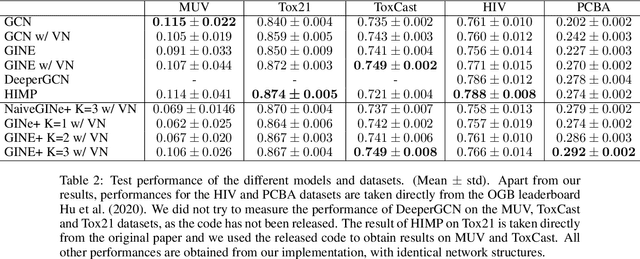Graph convolutions that can finally model local structure
Paper and Code
Nov 30, 2020



Despite quick progress in the last few years, recent studies have shown that modern graph neural networks can still fail at very simple tasks, like detecting small cycles. This hints at the fact that current networks fail to catch information about the local structure, which is problematic if the downstream task heavily relies on graph substructure analysis, as in the context of chemistry. We propose a very simple correction to the now standard GIN convolution that enables the network to detect small cycles with nearly no cost in terms of computation time and number of parameters. Tested on real life molecule property datasets, our model consistently improves performance on large multi-tasked datasets over all baselines, both globally and on a per-task setting.
 Add to Chrome
Add to Chrome Add to Firefox
Add to Firefox Add to Edge
Add to Edge